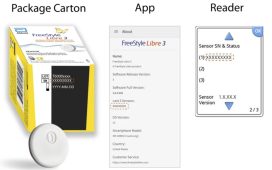96.7, 61.8 percent of school nurses report anaphylaxis training for staff, classroom guidelines
WEDNESDAY, March 21, 2018 (HealthDay News) — The vast majority of school nurses report staff training on anaphylaxis and epinephrine availability, though barriers to implementation of food allergy policies exist, according to a study published in the March issue of the Annals of Allergy, Asthma & Immunology.
Lauren M. Kao, from Northwestern University in Chicago, and colleagues sent an electronic survey to nurses at the 2016 National Association of School Nurses meeting and through the Allergy and Asthma Network listserv. A total of 242 school nurses completed the survey. The researchers aimed to characterize food allergy policies currently being used in schools and their utility and potential barriers to implementation.
The researchers found that 32 percent of nurses reported an allergic reaction in their school in the past year. A variety of policies were employed at most schools, including anaphylaxis training for staff (96.7 percent), stock epinephrine availability (81.7 percent), designated lunch areas (62.2 percent), and food guidelines for classrooms (61.8 percent). Reported barriers to implementation included financial, time, and attitudinal factors. Higher odds of having designated lunch areas were seen in schools with pre-K or kindergarten students (adjusted odds ratio [OR], 2.1). Schools with a full-time nurse (OR, 2.6) and schools reporting at least one severe reaction in the past year (OR, 3.2) had higher odds of having emergency epinephrine.
“With one-third of school nurses reporting an allergic reaction in the past year, schools use many strategies to minimize allergen exposures and increase anaphylaxis preparedness,” the authors write.
Copyright © 2018 HealthDay. All rights reserved.








